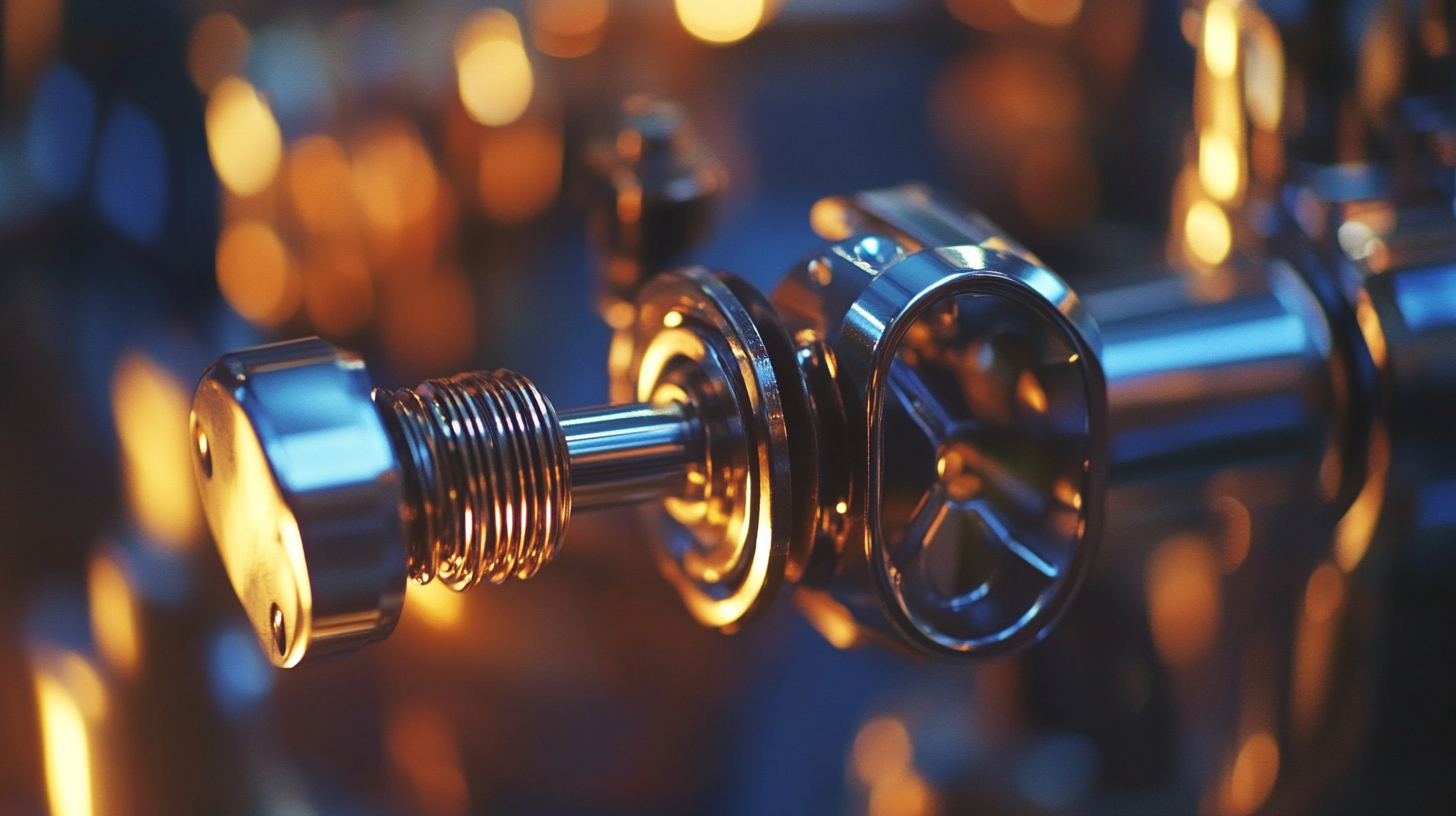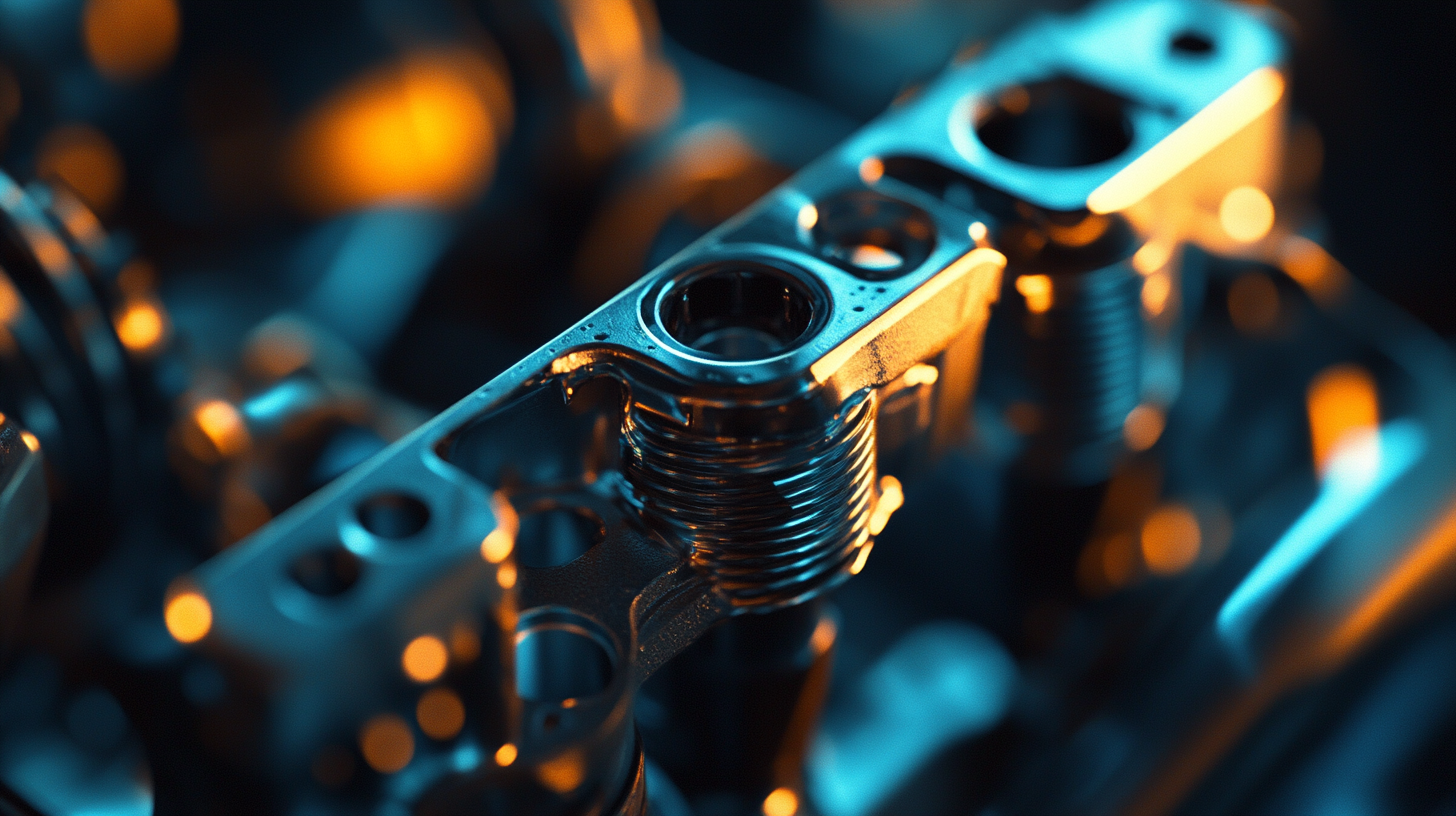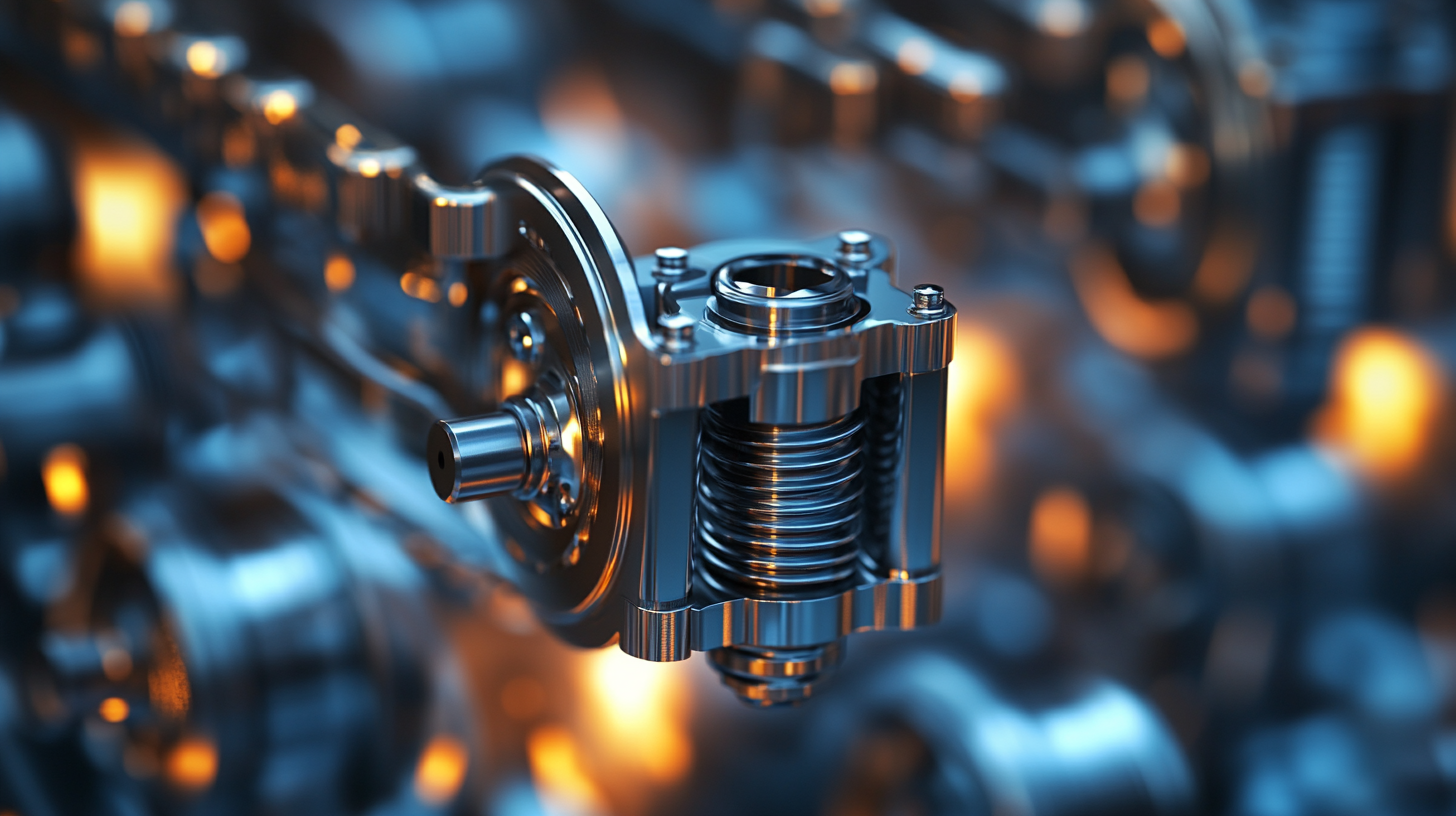 +86 13794985240
+86 13794985240
Leave Your Message
-
 CONTACT NUMBER
CONTACT NUMBER -
 CONTACT NUMBER
CONTACT NUMBER -
 CONTACT NUMBER
CONTACT NUMBER



When selecting the ideal connecting rod for your automotive or mechanical needs, understanding the various factors that influence performance and durability is essential. The connecting rod is a critical component that plays a substantial role in transferring force from the piston to the crankshaft, affecting both power output and engine efficiency. According to a recent report by Market Research Future, the global connecting rod market is projected to reach USD 3.5 billion by 2025, driven by increasing demand for high-performance engines in the automotive sector. Furthermore, studies have shown that optimizing connecting rod design can enhance engine longevity and performance by up to 15%, highlighting the importance of making an informed choice. In this blog, we will explore the top factors to consider when choosing the best connecting rod for your applications, ensuring you achieve optimal performance and reliability.

When selecting a high-quality connecting rod for your engine, understanding the key characteristics that influence performance is crucial. One of the primary factors to consider is the material of the connecting rod, which can significantly affect both durability and weight. Forged steel and aluminum are popular choices, with forged steel offering superior strength and resistance to bending, making it ideal for high-performance applications. Meanwhile, aluminum rods are lighter, contributing to reduced overall engine weight and enhancing responsiveness.
Another essential characteristic is the design of the connecting rod itself. A well-engineered rod will feature optimal geometry to minimize stress concentrations and increase fatigue resistance. Additionally, the type of bearings used in the rod is critical; high-quality bearings can reduce friction and wear, significantly impacting engine efficiency and longevity. It's also important to consider the rod's dimensions and weight distribution, as these factors influence engine balance and performance at high RPMs. By prioritizing these key features, you can ensure that you choose a connecting rod that meets your performance needs and elevates your engine's capabilities.

When selecting the best connecting rod for your engine, understanding the materials used in their manufacturing is crucial. The most common materials include forged steel, aluminum, and titanium, each offering unique advantages and disadvantages. Forged steel connecting rods are durable and have excellent tensile strength, making them ideal for high-performance applications. These rods can withstand tremendous loads and are resistant to fatigue, ensuring long-term reliability in demanding conditions.
Aluminum connecting rods are favored for their lightweight properties, which can enhance engine efficiency and responsiveness. Generally used in racing and performance engines, aluminum rods contribute to lower overall engine weight, allowing for better acceleration and handling. However, they may not offer the same level of durability as forged steel, which is a significant consideration for drivers who prioritize longevity over weight savings.
Titanium is the premium option in connecting rod materials, combining the best traits of both steel and aluminum. While titanium rods are exceptionally lightweight and strong, they come with a higher price tag and may not be suitable for all budgets. Ultimately, understanding these materials and their implications will help you make an informed decision tailored to your specific needs and performance goals.
This chart illustrates the importance levels of various factors when selecting the best connecting rod for your needs. Each factor significantly influences performance and reliability, making it essential to consider these elements during your selection process.
When selecting the ideal connecting rod for your engine, understanding the impact of weight and design is crucial for optimizing performance. The weight of a connecting rod plays a significant role in the overall efficiency of the engine. Lighter rods reduce rotating mass, which enables the engine to rev faster and enhances throttle response. This is particularly vital for high-performance applications where every fraction of a second counts. However, achieving weight reduction should not compromise structural integrity, as connecting rods must withstand immense forces during operation.
Design also significantly influences connecting rod efficiency. The shape and materials used can enhance stiffness and durability, allowing for better performance under extreme conditions. Features such as I-beam versus H-beam designs can affect the strength-to-weight ratio, while advanced materials like titanium and forged steel are preferred for their balance of lightweight and high tensile strength.
Moreover, factors like bearing clearance and lubrication play essential roles in ensuring that the connecting rods operate smoothly and efficiently, thereby maximizing engine output. By carefully considering these aspects, you can make an informed choice that best meets your performance needs.
 When selecting connecting rods for your engine build, balancing cost and quality is paramount. It’s easy to get tempted by budget-priced performance rods that promise a quick power boost, but such options can often lead to compromise when it comes to strength and durability. The latest trends in engine assemblies highlight that modern engines, which are built to operate at tighter tolerances and higher performance levels, require components that not only fit well but can also withstand increased stress and wear. Choosing a connecting rod that aligns with your performance goals while ensuring reliability is crucial.
When selecting connecting rods for your engine build, balancing cost and quality is paramount. It’s easy to get tempted by budget-priced performance rods that promise a quick power boost, but such options can often lead to compromise when it comes to strength and durability. The latest trends in engine assemblies highlight that modern engines, which are built to operate at tighter tolerances and higher performance levels, require components that not only fit well but can also withstand increased stress and wear. Choosing a connecting rod that aligns with your performance goals while ensuring reliability is crucial.
Investing in high-quality connecting rods can translate into enhanced performance and longevity. As builders and enthusiasts alike are discovering, balancing the rotating assembly is no longer a luxury but a necessity. Neglecting this critical component can lead to catastrophic failures, especially in high-performance applications. Therefore, while it may be tempting to opt for low-cost alternatives, understanding the importance of quality in this area is key. Selecting connecting rods that are designed with advanced materials and engineering can ultimately save you time and money in maintenance and repairs down the line.
When selecting the best connecting rod for automotive applications, one of the most crucial considerations is the adherence to global manufacturing standards. These standards ensure the reliability and quality of connecting rods, which are vital components in an engine's performance. The automotive connecting rod market is poised for significant growth, with a projected valuation of USD 40.8 billion in 2024 and a compound annual growth rate (CAGR) of 4.5% forecasted through 2034. As manufacturers strive to meet these demands, the focus on precise engineering and high-quality materials becomes paramount.
**Tip:** When evaluating connecting rods, look for those produced by manufacturers that comply with international performance and quality standards. This compliance not only indicates reliability but also enhances your vehicle's longevity and efficiency.
Furthermore, as the global metal forging market continues to expand—valued at USD 94.38 billion in 2024 and anticipated to grow at a CAGR of 7.4% through 2030—it's essential to consider the manufacturing techniques used. Advanced forging processes contribute to creating stronger and lighter components, which are vital in modern automotive engineering.
**Tip:** Prioritize suppliers that utilize advanced metal forging technology, as this often translates to better performance and durability in connecting rods, ensuring that they can withstand the rigorous demands of today's high-performance engines.
| Factor | Description | Importance | Standards |
|---|---|---|---|
| Material Type | Analyzes the composition and strength of connecting rod materials. | High | ASTM A572, SAE 1045 |
| Manufacturing Process | Considers the production method used for the rods, such as forging or casting. | Medium | ISO 9001 |
| Weight | Discusses the weight of the connecting rod, which affects engine performance. | High | SAE J434 |
| Dimensional Accuracy | The precision in dimensions of connecting rods is crucial for fitting. | Very High | ISO 2768 |
| Heat Treatment | Describes the heat treatment processes to enhance strength and durability. | High | ASTM A193 |
